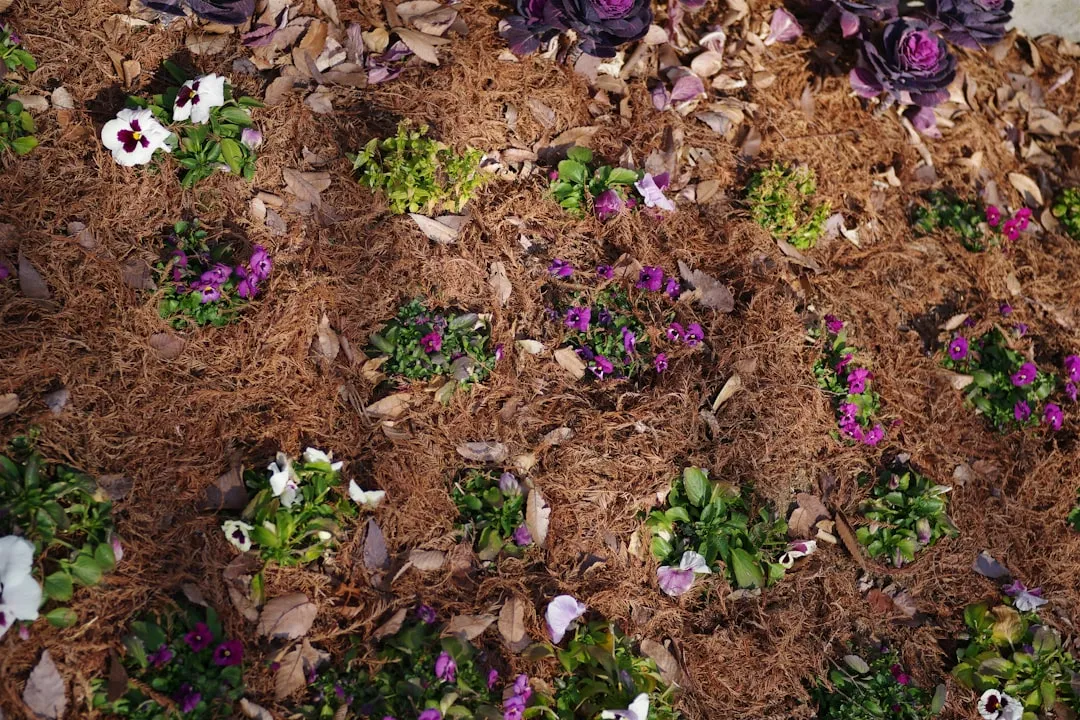The Secret to a Thriving Yard: Fertilizing Wisely

Maintaining a beautiful and healthy yard is a dream for many homeowners. Whether you have a small houseplant collection or a vast garden, proper fertilization plays a crucial role in the growth and vitality of your plants. In this article, we will explore expert tips on fertilizing plants, covering the best formulations for both houseplants and garden plants.
First, let's understand why fertilizing is so important. Plants need a variety of nutrients to grow, develop, and produce flowers and fruits. While soil contains some of these nutrients, they can become depleted over time, especially with regular watering and plant growth. Fertilizers provide a concentrated source of essential nutrients, such as nitrogen (N), phosphorus (P), and potassium (K), as well as other micronutrients like calcium, magnesium, and iron.
When it comes to houseplants, choosing the right fertilizer is essential. Houseplants have different nutrient requirements compared to garden plants, as they are often grown in containers with limited soil volume. A balanced, water - soluble fertilizer is a great choice for most houseplants. Look for a fertilizer with an N - P - K ratio of 20 - 20 - 20 or similar. This balanced formula provides equal amounts of nitrogen, phosphorus, and potassium, which are necessary for overall plant health.
For example, if you have a common houseplant like a pothos or a spider plant, applying a diluted solution of a 20 - 20 - 20 fertilizer every two to four weeks during the growing season (spring and summer) can help keep them lush and green. Be careful not to over - fertilize, as this can lead to salt buildup in the soil, which can damage the plant's roots. You can flush the soil occasionally with plain water to prevent salt accumulation.
Some houseplants, such as orchids and succulents, have more specific fertilizing needs. Orchids require a specialized orchid fertilizer, which is usually lower in nitrogen and higher in phosphorus and potassium. These nutrients help promote healthy root growth and beautiful blooms. Succulents, on the other hand, are adapted to low - nutrient environments. A diluted, low - nitrogen fertilizer applied sparingly, perhaps once every few months, is sufficient for their growth.
Now, let's turn our attention to garden plants. Garden plants can be divided into different categories, such as vegetables, flowers, and shrubs, each with its own fertilization requirements. Vegetable gardens need a fertilizer that is rich in nitrogen during the early growth stages to promote leafy growth. A fertilizer with an N - P - K ratio of 10 - 10 - 10 or 16 - 16 - 16 can be used at the beginning of the growing season. As the plants start to flower and produce fruits, a fertilizer with a higher phosphorus content, like 5 - 10 - 5, can be beneficial for better fruit development.
Flowers also have varying fertilizing needs. Annual flowers, which have a short life cycle, often benefit from a slow - release fertilizer at the time of planting. This provides a steady supply of nutrients throughout their growing season. Perennial flowers, on the other hand, may require different fertilization schedules depending on their specific species. Some perennials, like roses, are heavy feeders and need regular applications of a balanced fertilizer, especially during the blooming period.
Shrubs and trees have a more long - term fertilization strategy. A slow - release, granular fertilizer can be applied around the base of the plant in the spring. The slow - release nature of the fertilizer ensures that the nutrients are released gradually over time, providing a continuous supply of nutrients for the plant's growth. It's important to follow the recommended application rates on the fertilizer package to avoid over - fertilizing, which can harm the plant.
Another important aspect of fertilizing plants is the method of application. For houseplants, liquid fertilizers are easy to apply. You can simply mix the fertilizer with water according to the package instructions and water your plants as usual. For garden plants, granular fertilizers can be spread evenly around the base of the plant and then watered in. This helps the nutrients to penetrate the soil and reach the plant's roots.
In conclusion, caring for your yard through proper fertilization is a science and an art. By understanding the specific nutrient requirements of your houseplants and garden plants, choosing the right fertilizers, and applying them correctly, you can ensure that your plants thrive and your yard becomes a beautiful oasis. Remember, a well - fertilized yard not only looks great but also contributes to a healthy and sustainable environment.